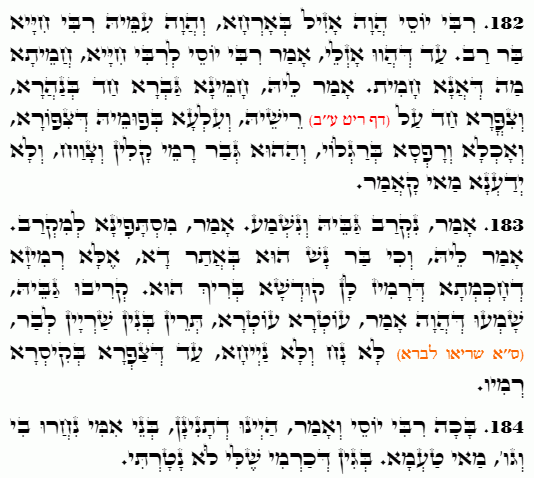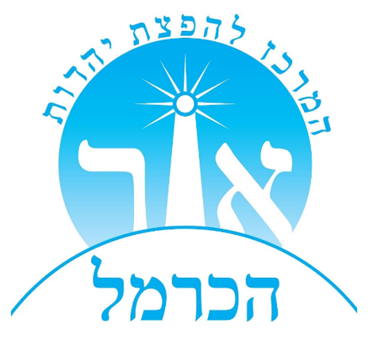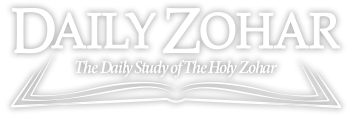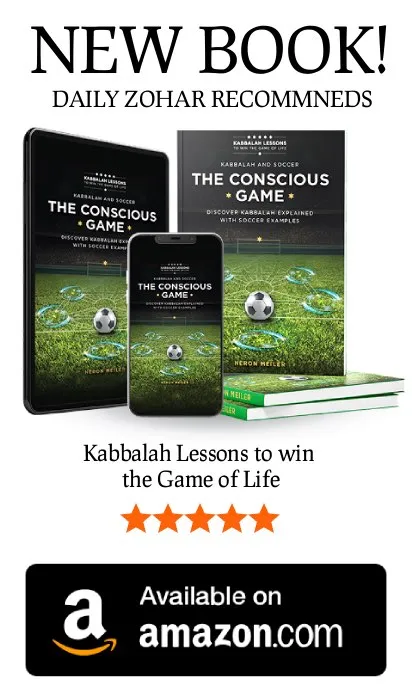Daily Zohar # 4753 – Vayechi – Why the bird oppressed the man?
Daily Zohar 4753

Hebrew translation:
183. אָמַר, נִקְרַב אֵלָיו וְנִשְׁמַע. אָמַר, אֲנִי פּוֹחֵד לְהִתְקָרֵב. אָמַר לוֹ, וְכִי בֶּן אָדָם הוּא בְּמָקוֹם זֶה? אֶלָּא רֶמֶז שֶׁל חָכְמָה שֶׁרָמַז לָנוּ הַקָּדוֹשׁ בָּרוּךְ הוּא. קָרְבוּ אֵלָיו. שָׁמְעוּ שֶׁהָיָה אוֹמֵר: כֶּתֶר, כֶּתֶר, שְׁנֵי בָנִים שְׁרוּיִים בַּחוּץ [זְרוּקִים לְבַחוּץ]. לֹא נָח וְלֹא מְנוּחָה, עַד שֶׁהַצִּפּוֹר בַּפַּח תִּפֹּל.
184. בָּכָה רַבִּי יוֹסֵי וְאָמַר, זֶהוּ שֶׁשָּׁנִינוּ בְּנֵי אִמִּי נִחֲרוּ בִי. מָה הַטַּעַם? מִשּׁוּם שֶׁכַּרְמִי שֶׁלִּי לֹא נָטָרְתִּי.
.
Zohar Vayechi
Continued from previous DZ
#182
Rabbi Yossi was walking along the way, and Rabbi Chiya bar Rav was with him. While walking, Rabbi Yossi said to Rabbi Chiya: “Do you see what I see?”
He told him, “I see a man in the river, and a bird is on his head, with teeth in the bird’s mouth. It is eating and trampling with its feet, and the man is raising his voice and crying out. But I do not know what he is saying.”
#183
Rabbi Yossi said: “Let us approach the man and hear what he is saying.” Rabbi Chiya replied: “I am afraid to approach.” Rabbi Yossi asked him, “Is this truly a man in such a place? Rather, it is a hint of wisdom that the Holy One, Blessed be He, is revealing to us.”
They approached him and heard him saying: “כֶּתֶר, כֶּתֶר” (crown, crown), referring to Zeir Anpin and Nukva, which are called crowns (עטרות)—two children, who are the offspring of Binah, as previously mentioned. They are dwelling outside their proper place, and Zeir Anpin has no rest, nor does Nukva, until the bird is cast away, torn into pieces—bekisara, meaning into fragments, as in the Talmudic expression kesari (Shabbat 108b).
The vision of the bird and the man in the river is revealed to symbolize Israel’s suffering in exile. The bird represents oppressive nations tormenting Israel, while the man in the river signifies Israel itself, submerged in the challenges of exile. The imagery of the bird eating and trampling highlights the harshness of the exile experience.
The man’s cry, “Crown, Crown,” refers to Zeir Anpin and Nukva, who are displaced from their proper alignment with Binah, their mother. This misalignment is seen as the root cause of Israel’s exile.
Notes:
The vision symbolizes the exile of Israel, where spiritual misalignment causes suffering, represented by the bird oppressing the man. Redemption comes when the oppressors are removed, restoring spiritual harmony and bringing peace to Israel.
#184
Rabbi Yosi wept and said: “This corresponds to what we have learned, ‘בְּנֵי אִמִּי נִחֲרוּ בִי’—’ My mother’s sons were angry with me’ (Song of Songs 1:6), which refers to Zeir Anpin (Z “A) and Nukva, as mentioned above. Why is this so? Because ‘כַּרְמִי שֶׁלִּי לֹא נָטָרְתִּי’—’My own vineyard I did not guard’ (ibid.).”
Friday would be a good day to make a ** Donation, especially if you didn’t donate in the past week. Giving on Friday, which is an aspect of Yessod, expands the vessel for the Light and honor of Shabbat.
** Your donation doesn’t have to be given to the same place every week. You can alternate or split your donation among those who benefit you spiritually.
 Support – Ohr HaCarmel Yeshiva
Support – Ohr HaCarmel Yeshiva
Tap here: Ohr HaCarmel Donation Page to make your contribution and make a spiritual connection to Israel.
The Yeshiva Ohr HaCarmel (which means the Light of the Carmel) is on top of Mount Carmel, where the prophet Elijah’s prayers were answered.

 Previous: Vayechi
Previous: Vayechi

